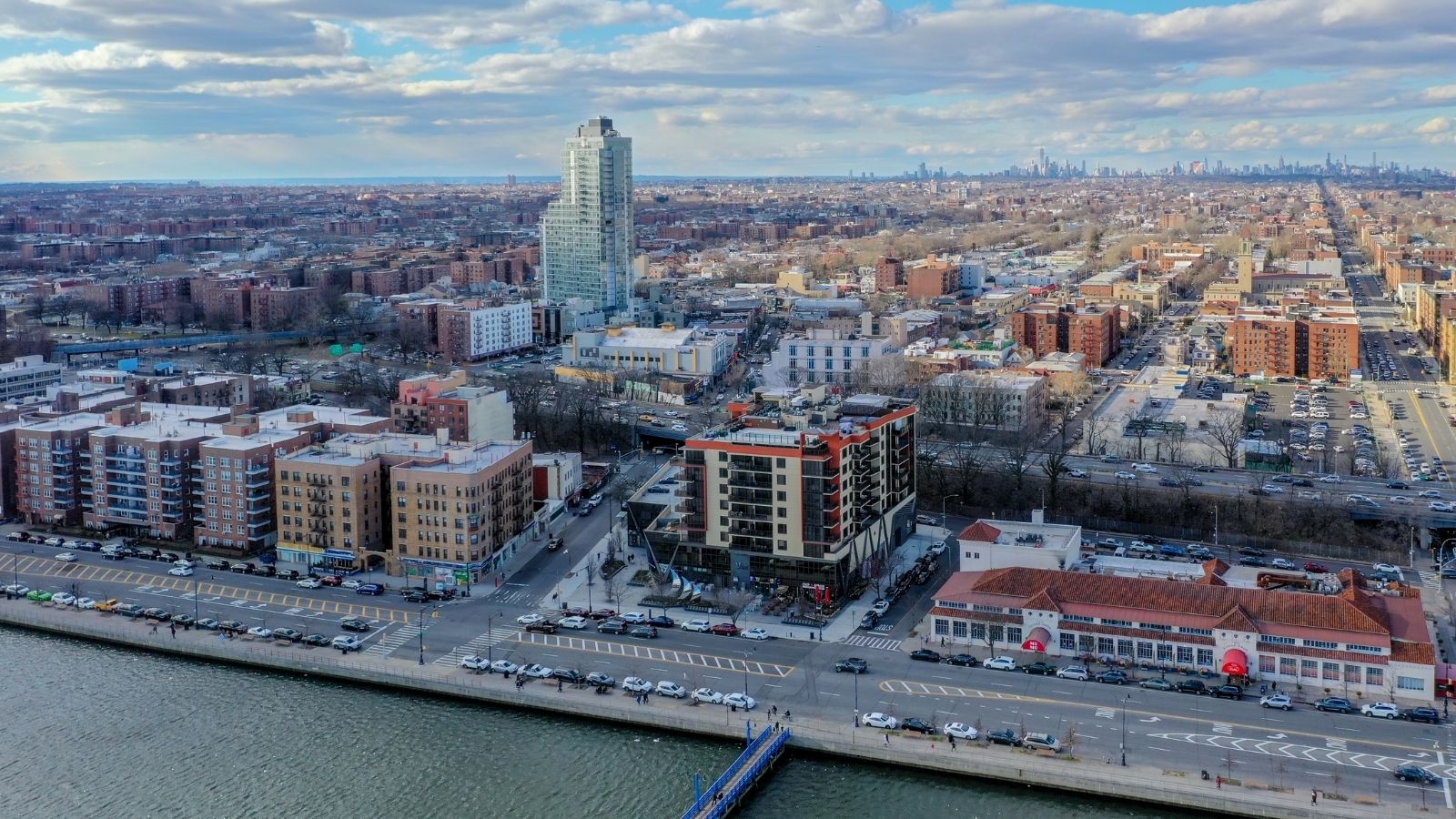Brooklyn – Cross the Bridge to A World Of Attractions
A borough of New York City, Brooklyn is coextensive with Kings County. It is separated from Manhattan by the East River and is bordered by the Atlantic Ocean (south), the Upper and Lower New York bays (west), and the boroughs of Queens (north and east). Three bridges connect Brooklyn to Manhattan, of which one is the Brooklyn Bridge.

Brief Overview of Brooklyn
Located on the western end of Long Island and sharing a land border with Queens, Brooklyn is one of the most populated areas in New York State. The place was named after the Dutch village of Breukelen. Of the many bridges and tunnels that connect this borough to the neighboring counties and boroughs, the Verrazzano-Narrows Bridge and Brooklyn Bridge happen to be the most popular.
Brooklyn attracts people from all across the United States to come and live, thereby offering a wide array of amenities alongside the best education, climate, and public transit options. Most of the neighborhoods in Brooklyn feature diverse architecture that exudes creativity. Regardless of preferences, everyone will be able to find a neighborhood that fits their taste.
Brooklyn boasts a wide array of attractions—from the iconic Coney Islands to the new Barclays Center and unique neighborhoods like Brooklyn Heights, Williamsburg, and Park Slope. So, you won’t be disappointed when it comes to the choice of activities and places to visit throughout the year. Here are some of the top things to do in the borough.
- Visiting the Brooklyn Bridge Park
- Get lost in Brooklyn Botanical Garden
- Explore Coney Island
- Hit the New York Transit Museum
- Shop at Williamsburg Smorgasburg
Homes for Sale
Climate in Brooklyn
Brooklyn enjoys a humid subtropical climate, which means the borough experiences hot and humid summers and cold and wet winters.
The weather can be unpredictable during spring and autumn, with considerable variations. One day can be extremely chilly, and the next warm. During winters, the temperature averages around 32 degrees, the coldest month being January. Sometimes, the temperatures drop to single digits between January and February.
Temperatures during summers can reach 75 degrees. The city’s urban location also makes it prone to the heat island effect at night, meaning the summer temperatures can rise as high as 100 degrees.
The borough receives plenty of precipitation throughout the year, with around 46 inches annually. Additionally, Brooklyn gets 226 days of sunshine, compared to the nation’s average of 205 days.
Public Transportation in Brooklyn
Public transportation is quite extensive in Brooklyn. There are 19 New York City Subway services, including the Franklin Avenue Shuttle. More than ninety percent of Brooklyn residents use the subway every day to travel to Manhattan.
Of the 170 stations that serve Brooklyn, the major ones include:
- Atlantic Avenue – Barclays Center
- DeKalb Avenue
- Broadway Junction
- Jay Street – MetroTech
- Coney Island – Stillwell Avenue
Previously, Brooklyn was served by a vast network of streetcars. However, now they are replaced by the public bus network that serves the entire borough. A daily express bus runs to and from Brooklyn to Manhattan.
When it comes to commuter rail stations in Brooklyn, residents have three options—the East New York, the terminus of the Atlantic Branch of the Long Island Railroad, and the Nostrand Avenue and Atlantic Terminal. The terminal is located near the Atlantic Avenue – Barclays Center subway station that features ten connecting subway services.
Conclusion
Brooklyn is home to some of New York City‘s most iconic and beloved attractions. From Brooklyn Bridge Park, Brooklyn Botanical Garden, and Coney Island to the Barclays Center and New York Transit Museum — it’s impossible to overestimate Brooklyn’s importance in American history. It’s also a great place to live.
For more information about living in Brooklyn, contact your local professional real estate agent today.

